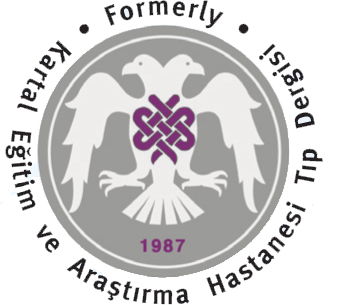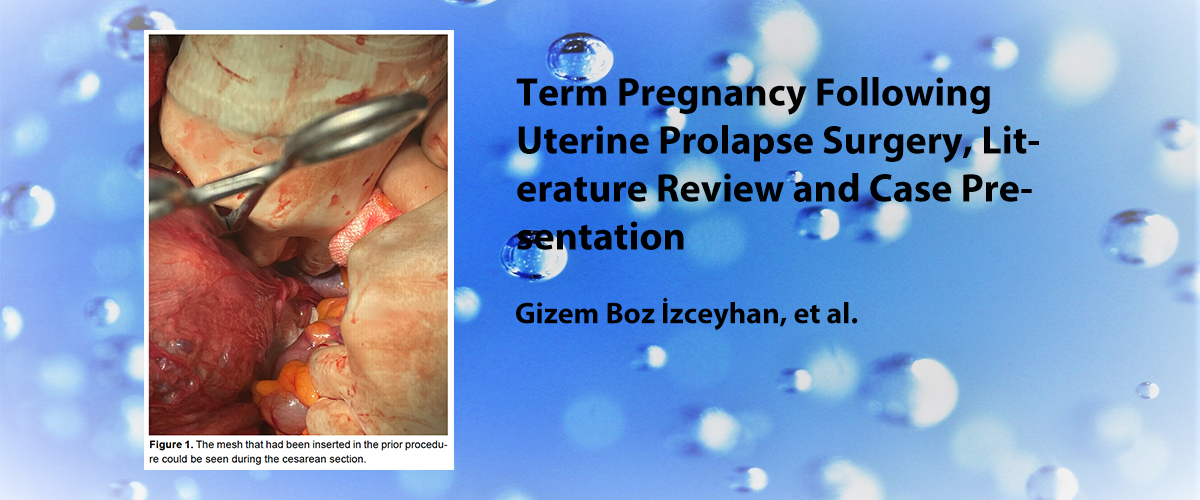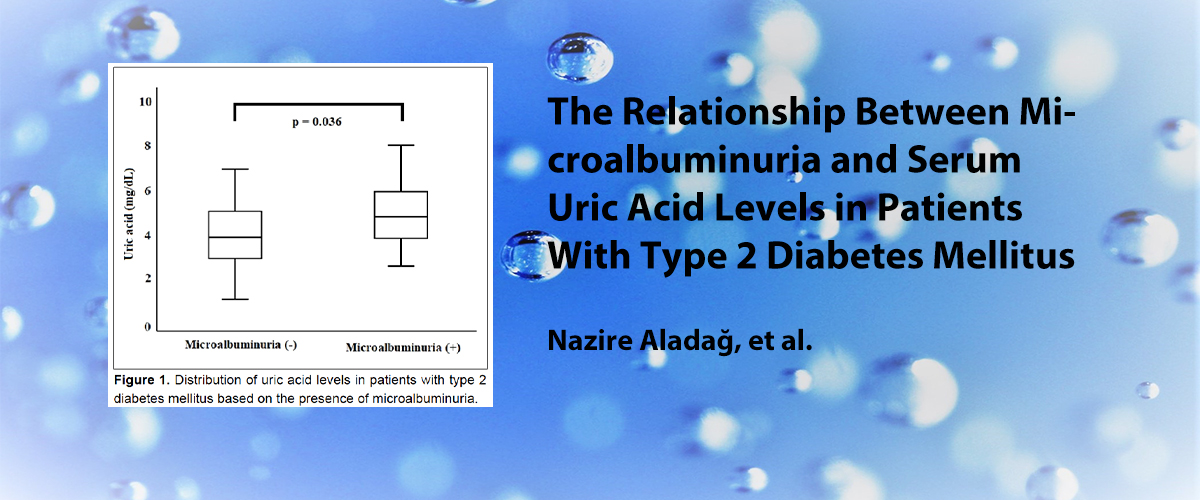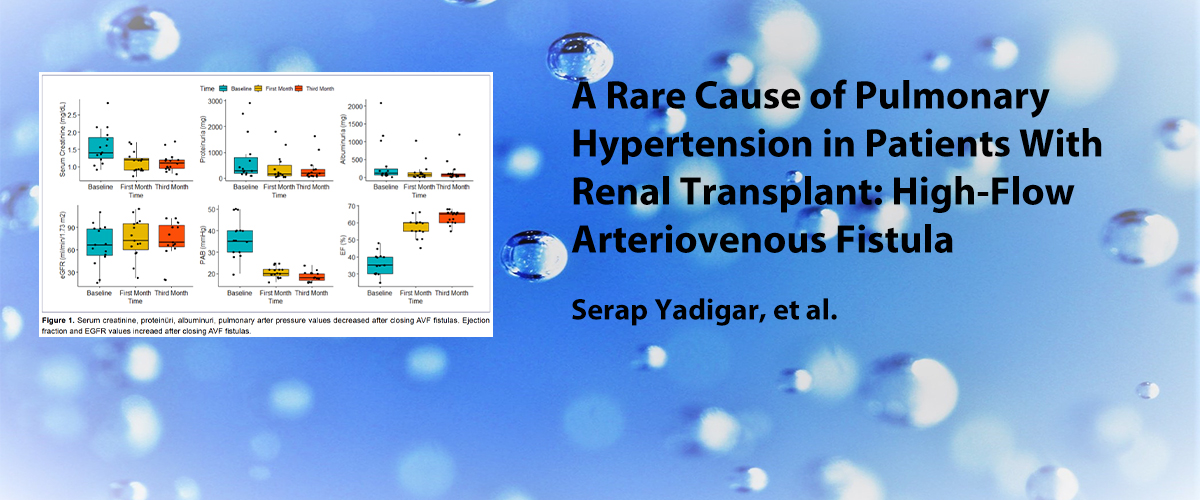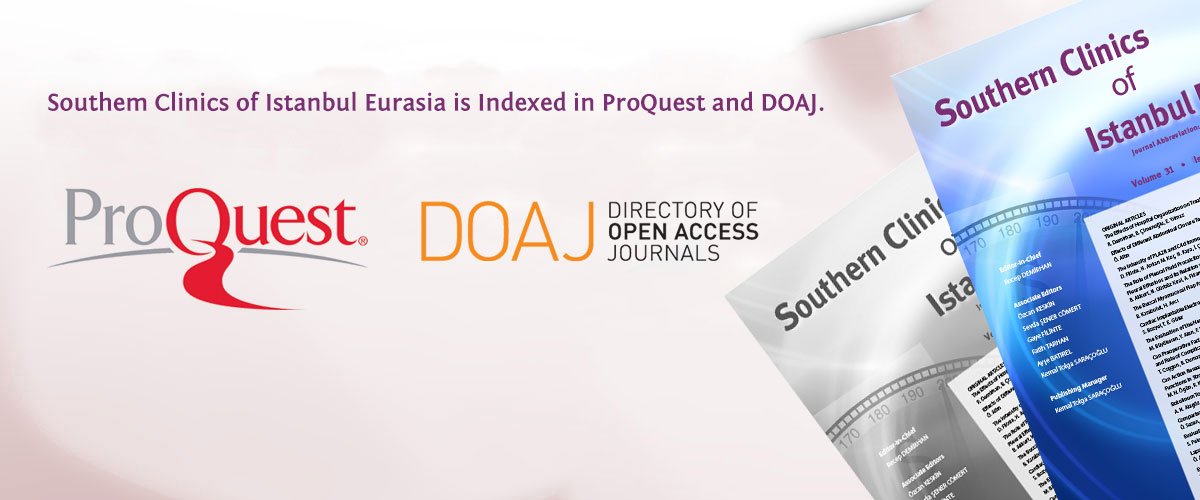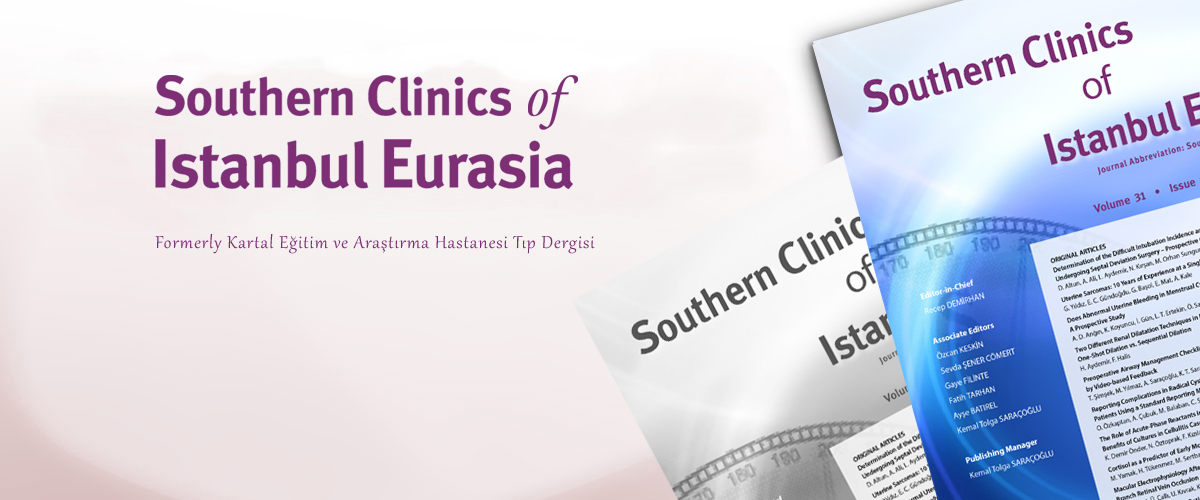ISSN : 2587-0998
Kategori 1 Sezaryende Hızlı Seri Spinal Anestezi Uygulaması: Hızlı, Etkin ve Güvenilir mi?
Kübra Taşkın1, Cansu Ofluoglu2, Hulya Yilmaz Ak1, İrem Durmuş1, Merve Bulun Yediyıldız1, Kemal Saracoglu1, Banu Cevik11Sağlık Bilimleri Üniversitesi Kartal Dr. Lütfi Kırdar Şehir Hastanesi Anesteziyoloji ve Reanimasyon Kliniği, İstanbul, Türkiye2Sağlık Bilimleri Üniversitesi Fatih Sultan Mehmet Eğitim ve Araştırma Hastanesi Anesteziyoloji ve Reanimasyon Kliniği, İstanbul, Türkiye
GİRİŞ ve AMAÇ: Kategori 1 sezaryen, annenin veya fetüsün yaşamına yönelik ani bir tehdit olduğu anlamına gelmektedir. Spinal anestezi, genel anesteziye göre daha az maternal ve neonatal morbiditeye neden olduğu için kategori 2, 3 ve 4te standart teknik haline gelmiştir. Fakat, hipoksi, aspirasyon riski ve ilaç dozlarıyla ilgili tartışmalar nedeniyle spinal anestezi daha hızlı gerçekleştirilebilirse, kategori 1 sezaryende daha kabul edilebilir bir seçenek haline gelecektir. Bu çalışmada, hızlı seri spinal anestezinin kategori-1 sezaryende uygulanabilirliğini değerlendirmeyi amaçladık.
YÖNTEM ve GEREÇLER: Çalışmaya, retrospektif olarak 2019 Eylül - 2020 Eylül tarihleri arasında kategori 1 sezaryen operasyonuna alınan ve aynı anestezi uzmanı tarafından başarılı spinal anestezi uygulanan 177 hasta alındı. Bu olgularda spinal anestezinin hazırlanma süresi, intratekal aralığa girilme ve spinal anestezinin gerçekleştirilme süresi, cerrahi için yeterli bloğun oluşturulma süresi, bebeğin çıkış süresi ve bebeklerin 1. ve 5. dk APGAR skorları kaydedilip istatistiksel olarak incelendi.
BULGULAR: Hastaların yaş ortalaması 31.1±0.3 yıl, boy ortalaması 154.61±3.65 cm, kilo ortalaması 63.55±3.95 kg idi. Hazırlık süresi 52.1±0.4 sn, uygulama süresi 47.3±1.6 sn, cerrahi başlangıç süresi 193.6±2.1 sn, doğum süresi 215.0±3.1 sn idi. Ortalama 1. dakika APGAR skoru 7.7±0.0 iken 5. dakika APGAR skoru ortalaması 8.9±0.0 olarak saptandı. Apgar-1i ile cerrahi başlangıç süresi arasında negatif yönlü istatistiksel olarak anlamlı çok zayıf düzeyde ilişki saptandı. Apgar-5 ile cerrahi başlangıç süresi arasında negatif yönlü istatistiksel olarak anlamlı çok zayıf bir ilişki saptanırken doğum süresi ile de negatif yönlü istatistiksel olarak anlamlı zayıf bir ilişki saptandı.
TARTIŞMA ve SONUÇ: Sonuç olarak, bu yöntemin hem anne hem fetüs için faydaları göz önünde bulundurulduğunda hem de hızlı ve güvenli blok elde etmek için tarif edildiği gibi uygulandığında hızlı seri spinal anestezinin kategori 1 sezaryende hızlı, etkin ve güvenilir bir seçenek olabileceğini düşünmekteyiz.
Rapid Sequence Spinal Anesthesia for Category 1 Cesarean Section: Is it Fast, Effective, and Reliable?
Kübra Taşkın1, Cansu Ofluoglu2, Hulya Yilmaz Ak1, İrem Durmuş1, Merve Bulun Yediyıldız1, Kemal Saracoglu1, Banu Cevik11Department of Anesthesiology and Reanimation, University of Health Sciences, İstanbul Kartal Dr. Lütfi Kırdar City Hospital, İstanbul, Türkiye2Department of Anesthesiology and Reanimation, University of Health Sciences, Fatih Sultan Mehmet Train-ing and Research Hospital Hospital, İstanbul, Türkiye
INTRODUCTION: Category 1 cesarean section (C1CS) is described as an emergency that threat-ens the life of the mother or fetus. Spinal anesthesia has become the standard technique in categories 2, 3, and 4 because it causes less maternal and neonatal morbidity than general anesthesia. However, due to hypoxia, the risk of aspiration, and discussions about drug doses, if spinal anesthesia can be performed more quickly, it will become a more acceptable option in a C1CS. Within the scope of this study,it was aimed to evaluate the applicability of rapid sequence spinal anesthesia (RSSA) in C1CS.
METHODS: Retrospectively, 177 patients who underwent C1CS between September 2019 and September 2020 and were successfully administered spinal anesthesia by the same anesthesiologist were included in the study. In these cases, preparation time for spinal anesthesia, application time, time to start surgery, delivery time and the 1-minute (1-min) and 5-minute (5-min) Activity Pulse Grimace Appearance Respiration (APGAR) scores were recorded and statistically analyzed.
RESULTS: The mean age of the patients was 31.1±0.3 years, mean height was 154.61±3.65 cm, and mean weight was 63.55±3.95kg. The preparation time was 52.1±0.4 s, the application time was 47.3±1.6 s, the time to start surgery was 193.6±2.1 s, and the duration of delivery was 215.0±3.1 s. the mean 1-min APGAR score was 7.7±0.0, while the mean 5-min APGAR score was 8.9±0.0. A very weak but negative statistically significant correlation was found between the 1-min APGAR score and the time to start surgery. A very weak but statistically significant negative correlation was found with the 5-min APGAR score and time to start surgery, while a weak but statistically significant negative correlation was found with the duration of delivery.
DISCUSSION AND CONCLUSION: In conclusion, considering the benefits of this method for both mother and baby, RSSA in C1CS if performed as described to achieve rapid and safe block, can be a fast, effective, and reliable option in such surgeries.
Sorumlu Yazar: Kübra Taşkın, Türkiye
Makale Dili: İngilizce

